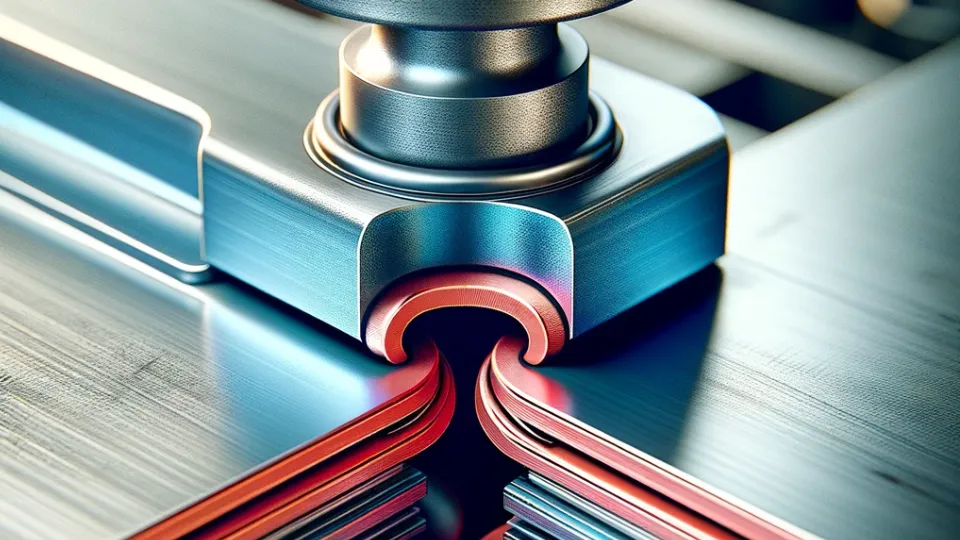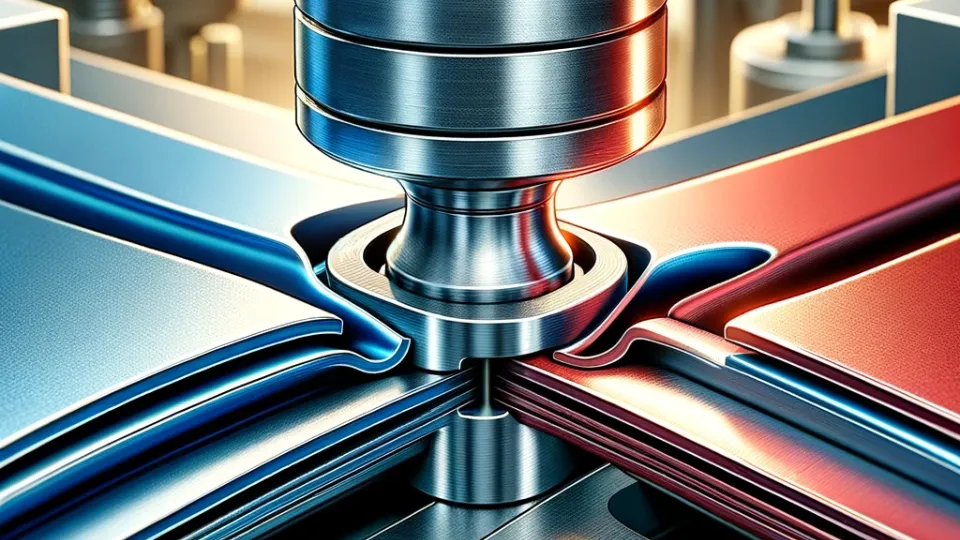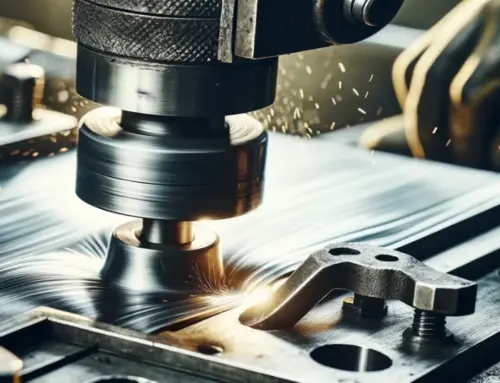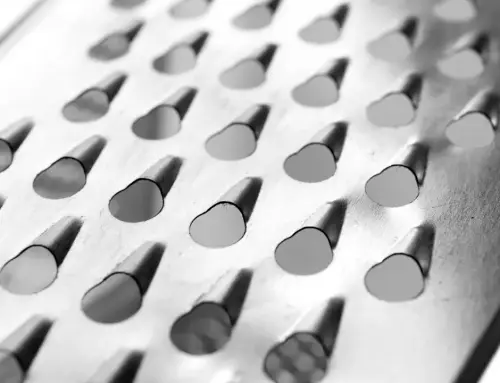Clinching, a process of joining sheet metal without welding or fasteners, has revolutionized manufacturing in multiple industries.
This technique involves deforming the metal sheets to form a button-type, interlocking joint, ensuring a strong, reliable bond.
This article delves into the diverse applications of clinching technology across various sectors, highlighting its efficiency, cost-effectiveness, and environmental benefits.
Section 1: Clinching in the Automotive Industry
In the automotive sector, clinching has become a preferred method for assembling body panels, chassis, and other components.
For instance, in the production of a popular European car model, clinching has replaced traditional welding, resulting in a lighter, more fuel-efficient vehicle. The key benefits here include reduced production costs, improved safety due to the absence of heat and fumes, and enhanced durability of the final product.
Section 2: Clinching in Construction and Infrastructure
The construction industry benefits significantly from clinching, especially in metal roofing and HVAC systems. Clinching provides a robust solution for joining thin metal sheets, crucial in large-scale constructions.
A notable example is the use of clinching in the assembly of metal roofing in commercial buildings, offering a leak-proof, corrosion-resistant joint without the need for additional sealants.
Section 3: Clinching in Aerospace and Aviation

Clinching in Aerospace and Aviation
Aerospace and aviation industries require lightweight yet strong joints, and clinching meets these demands perfectly.
For instance, certain lightweight aircraft models utilize clinched joints for attaching aluminum panels, contributing to overall weight reduction and fuel efficiency.
Clinching stands out in this sector for its ability to maintain material integrity, a critical factor in high-stress environments.
Section 4: Clinching in Home Appliances and Electronics
Clinching is widely used in the assembly of home appliances like washing machines and microwaves.
This method ensures a clean, aesthetically pleasing finish without the burn marks typical of welding. For example, the back panels of many refrigerators are clinched, enhancing the product’s durability and safety.
Section 5: Clinching in Renewable Energy Sector
In the renewable energy sector, clinching plays a pivotal role in assembling solar panels and wind turbines.
The process is particularly advantageous for creating weather-resistant joints in solar panel frames, essential for long-term outdoor use. Clinching’s contribution to sustainable manufacturing practices is invaluable, aligning with the industry’s eco-friendly ethos.
Section 6: Innovations and Future Trends in Clinching Technology
Recent advancements in clinching technology, such as automated and robotic clinching systems, have opened new avenues for its application. Future trends point towards the integration of smart sensors in clinching machines, enabling real-time monitoring and quality control.
These innovations promise to expand clinching’s applicability in industries prioritizing automation and precision.
Conclusion
Clinching has emerged as a versatile and efficient joining method across various industries.
Its ability to provide strong, durable joints while being cost-effective and environmentally friendly makes it a preferred choice in modern manufacturing. As technology evolves, clinching is poised to play an even more significant role in industrial applications, driving innovation and efficiency.




